Dive into the world of sustainable design, understanding its definition, principles, applications across different fields, solutions to challenges, and successful cases. Anticipate future trends and discover how to join this movement that’s forging the future.
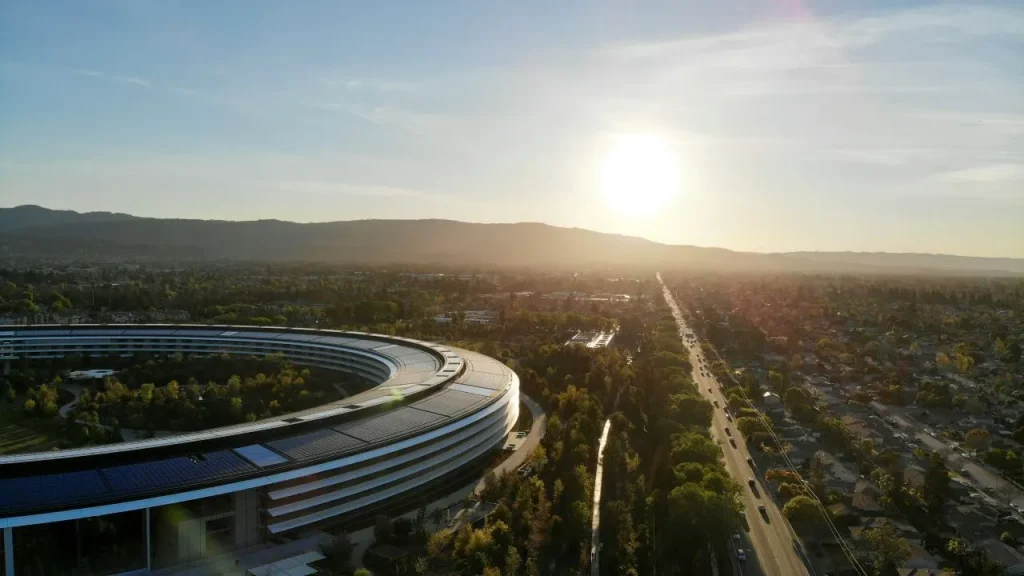
Sustainable design is becoming a key driving force in shaping our living environment, aiming to promote a harmonious coexistence of environmental protection, social justice, and economic prosperity through innovative solutions. It concerns not just the realm of design but our imagination and construction of the future. This article will explore the core principles of sustainable design, showcase its applications in various fields, and look forward to its future development direction.
Definition of Sustainable Design
Sustainable design represents a profound shift in design philosophy, where the focus extends beyond aesthetics and functionality to include the broader implications of design choices on the environment, society, and the economy. It is a holistic approach that integrates concern for the planet with the needs of current and future generations, aiming to create solutions that are not only innovative and practical but also ethically responsible and environmentally sound.
At its core, sustainable design is driven by the principles of sustainability, which seek to balance ecological health, social equity, and economic welfare. This design philosophy challenges designers to re-evaluate traditional processes and materials, encouraging the exploration of renewable resources, energy efficiency, and waste reduction. Sustainable design prioritizes the entire lifecycle of products and buildings, from conception and manufacturing to usage and eventual disposal or recycling, striving to minimize environmental degradation and carbon footprint.

The significance of sustainable design lies in its capacity to foster resilience and adaptability, both ecologically and socially. It offers a comprehensive framework that enables designers to assess and mitigate the long-term environmental impacts of their work, promoting a regenerative approach where design not only does less harm but can also do more good. By considering the interconnections between people, planet, and profit, sustainable design encourages a more thoughtful and responsible approach to creativity, one that ensures resources are used wisely and that solutions contribute positively to the health of our planet and the well-being of its inhabitants.
Furthermore, sustainable design is not static; it evolves with advancements in technology, materials science, and our understanding of ecological systems. It challenges the design community to continuously innovate and adapt, pushing the boundaries of what is possible in creating sustainable, functional, and beautiful designs that enhance human life while preserving the planet for future generations.
In essence, sustainable design is a visionary and ethical approach to design that recognizes the interconnectedness of all things and the responsibility of design to contribute to a sustainable future. It empowers designers to create with a conscience, ensuring that their creations not only meet the needs of the present but also safeguard the environment and society for the future.
Principles of Sustainable Design
The principles of sustainable design serve as the foundation for creating solutions that address the urgent need for environmental stewardship, social equity, and economic viability. By adhering to these principles, designers can contribute to the development of a more sustainable and resilient world. Here is an expanded overview of these guiding principles:
1. Efficiency and Resource Conservation: One of the cornerstones of sustainable design is maximizing efficiency while minimizing waste. This principle applies to energy consumption, water use, and materials. Designers strive to create products and systems that do more with less, reducing the overall demand for scarce resources and mitigating environmental degradation. Techniques such as passive solar design in buildings, water-saving fixtures, and energy-efficient appliances are examples of how this principle can be applied.

2. Use of Environmentally Friendly Materials: Sustainable design prioritizes the use of materials that have a minimal environmental footprint. This includes materials that are renewable, recycled, or biodegradable, and those that have been sourced and produced in an ethical and sustainable manner. By choosing materials that are less harmful to the planet, designers can significantly reduce the ecological impact of their projects. This principle also encourages the exploration of innovative materials that may offer environmental benefits over traditional options.

3. Whole Lifecycle Thinking: Sustainable design involves considering the entire lifecycle of a product or structure, from conception and production to use, maintenance, and eventual disposal or recycling. This comprehensive approach ensures that environmental impacts are assessed and minimized at every stage. Designers are encouraged to plan for the end of life of products, promoting designs that can be easily disassembled for recycling or that are biodegradable, thereby reducing waste and facilitating a circular economy.
4. Social Responsibility: Beyond environmental considerations, sustainable design also encompasses social responsibility. This principle emphasizes the importance of creating designs that are accessible, equitable, and beneficial for all members of society, including the most vulnerable. It involves engaging with communities, considering the social impacts of design decisions, and striving to improve quality of life through thoughtful and inclusive design practices.

5. Economic Viability: Sustainable design must also be economically viable to be truly effective. This principle acknowledges the need for solutions that are cost-effective and offer value over their lifecycle, ensuring that sustainability is accessible and appealing to a broad audience. By demonstrating that sustainable solutions can be economically advantageous, designers can encourage wider adoption and drive greater impact.
6. Innovation and Adaptation: At the heart of sustainable design is a commitment to innovation and adaptation. As new challenges arise and our understanding of sustainability evolves, designers are tasked with exploring creative solutions and adapting to changing technologies, materials, and societal needs. This principle encourages a mindset of continuous learning and improvement, fostering designs that are responsive to the dynamic nature of our world.
Together, these principles form a comprehensive framework for sustainable design, guiding designers toward solutions that harmonize environmental, social, and economic considerations. By embedding these principles in their work, designers can play a crucial role in shaping a sustainable future, creating designs that not only meet the needs of the present but also ensure the well-being and prosperity of future generations.
Applications of Sustainable Design in Different Fields
The philosophy of sustainable design transcends traditional boundaries, finding application in a diverse array of fields. By integrating sustainability principles, various sectors are reimagining how products, services, and environments are created, leading to innovations that benefit both people and the planet. Here is an expanded look at how sustainable design is applied across different domains:

Architecture and Urban Planning: In the realm of architecture and urban planning, sustainable design is pivotal in creating spaces that are in harmony with the environment. Green buildings, for instance, utilize energy-efficient technologies, renewable energy sources, and sustainable materials to minimize their carbon footprint. Features such as green roofs, natural ventilation systems, and rainwater harvesting are increasingly common. Urban planning also embraces sustainability by designing walkable communities, integrating public transport networks, and creating green spaces that enhance biodiversity and provide residents with a connection to nature.

Product Design: The principles of sustainable design have significantly influenced product design, leading to the development of goods that are both eco-friendly and user-friendly. Products are designed with their entire lifecycle in mind, using materials that are recyclable, biodegradable, or derived from sustainable sources. Modular design principles are applied to facilitate repair and recycling, extending the product’s lifespan and reducing waste. Innovations such as cradle-to-cradle design exemplify this approach, where products are created with the intention of entering into a circular economy, thus minimizing their environmental impact.

Fashion and Textiles: The fashion industry, known for its significant environmental footprint, is undergoing a transformation through sustainable design. Sustainable fashion focuses on reducing waste, using eco-friendly materials, and ensuring fair labor practices throughout the supply chain. Designers are exploring alternative materials such as organic cotton, bamboo, and recycled fabrics to create clothing that is both stylish and sustainable. Additionally, concepts like slow fashion advocate for quality and longevity over fast, disposable trends, encouraging consumers to make more conscious choices.
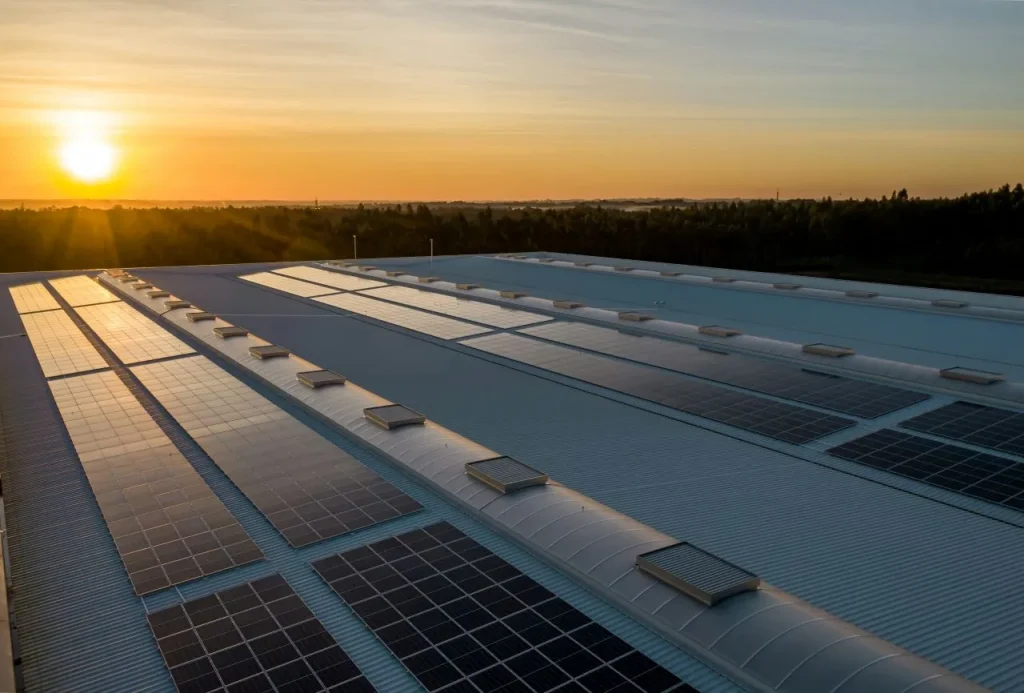
Industrial Design: Sustainable design principles are reshaping industrial design, leading to the creation of machinery, tools, and systems that are energy-efficient and environmentally friendly. This includes the design of renewable energy systems, such as solar panels and wind turbines, as well as the development of efficient manufacturing processes that reduce energy use and waste. Industrial designers are also focusing on creating products that can be disassembled and recycled at the end of their useful life, supporting a more sustainable approach to production and consumption.
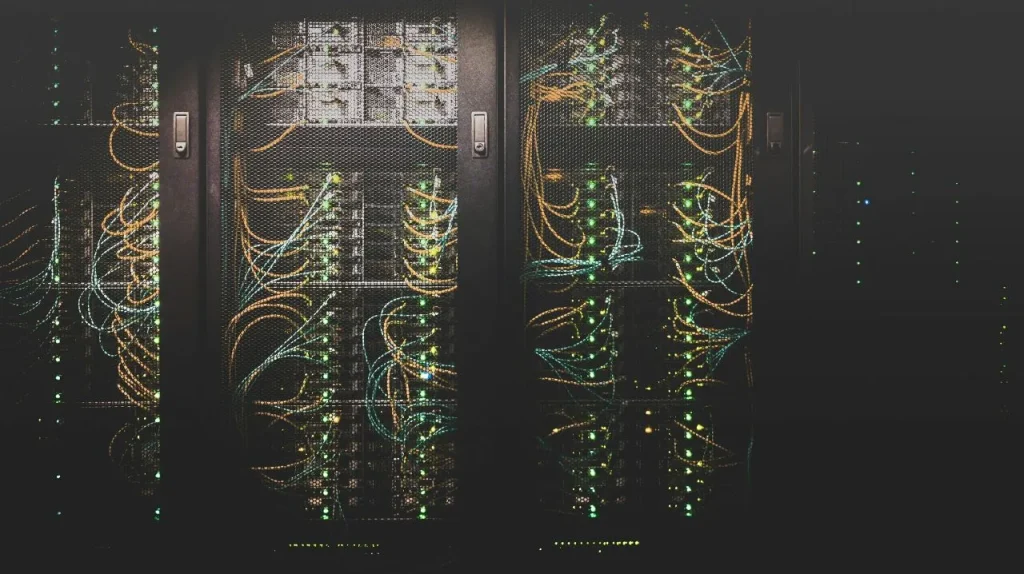
Digital Design: Even in the digital realm, sustainable design finds application in reducing the environmental impact of digital products and services. This includes designing data centers that use renewable energy, developing software that requires less processing power, and creating digital platforms that promote sustainable behaviors among users. Digital designers are increasingly mindful of the energy consumption associated with their creations and are seeking ways to minimize their digital carbon footprint.
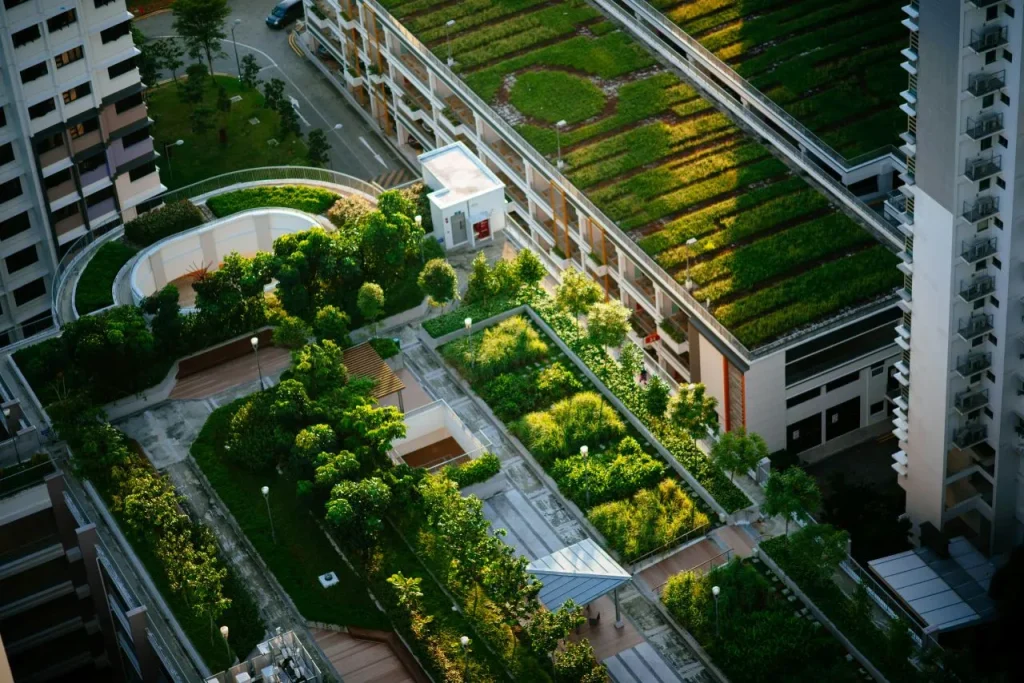
Landscape Architecture: Sustainable design within landscape architecture focuses on creating outdoor spaces that enhance ecological health and human well-being. This involves the use of native plants, the restoration of natural habitats, and the design of outdoor areas that manage stormwater sustainably and provide spaces for community gathering and recreation. Landscape architects play a crucial role in designing urban green spaces that contribute to biodiversity, mitigate urban heat island effects, and improve air quality.
In each of these fields, the application of sustainable design principles represents a commitment to a future where human activities are in balance with the earth’s ecosystems. By prioritizing sustainability, designers across all disciplines are contributing to a more equitable, resilient, and thriving world.
Challenges and Solutions
The integration of sustainable design into mainstream practices, while increasingly recognized as essential, is not without its hurdles. These challenges span economic, technological, and societal domains, each demanding thoughtful and coordinated responses. Addressing these obstacles is critical for the wider adoption and effectiveness of sustainable design.

Cost Issues: One of the primary barriers to sustainable design is the perception and reality of higher upfront costs. Sustainable materials and technologies often come with a premium, making them less accessible to businesses and consumers operating within tight budget constraints. However, emphasizing the long-term cost savings and environmental benefits can mitigate this challenge. Life cycle cost analysis, for instance, can demonstrate that sustainable options, while more expensive upfront, often lead to significant savings in energy, water, maintenance, and healthcare over time. Financial incentives, subsidies, and green financing models can also play a crucial role in making sustainable design more economically viable.

Technological Limitations: While technology has advanced rapidly, there are still areas where sustainable solutions lag in performance or availability. For example, renewable energy technologies might not yet meet all the power demands of large industrial operations. To overcome these limitations, continuous investment in research and development is essential. Collaborations between academia, industry, and government can accelerate the innovation of new materials and technologies that are both high-performing and environmentally friendly. Additionally, adopting a flexible design approach that can evolve with technological advancements ensures that projects remain sustainable in the long term.
Consumer Awareness and Demand: A significant hurdle to the adoption of sustainable design is the lack of consumer awareness and demand. Many consumers are either uninformed about the benefits of sustainable products and practices or are skeptical of their effectiveness or value. To address this, comprehensive public education campaigns are necessary to raise awareness about the environmental impact of design choices and the availability of sustainable alternatives. Marketing strategies that highlight the quality, performance, and aesthetic appeal of sustainable products can also shift consumer preferences towards more eco-friendly options.

Policy Support: Strong policy and regulatory frameworks are critical in creating an enabling environment for sustainable design. Government policies can encourage or mandate the use of sustainable practices through regulations, building codes, and standards. Policies that require transparency about the environmental impact of products and services can help consumers make informed choices. Furthermore, governments can lead by example by incorporating sustainable design principles into public projects and procurement practices.
Collaboration and Knowledge Sharing: Overcoming the challenges of sustainable design requires collaboration across sectors and disciplines. Sharing knowledge and best practices can help stakeholders learn from each other’s successes and failures, speeding up the adoption of effective solutions. Platforms for knowledge exchange, such as conferences, online forums, and professional networks, play a crucial role in fostering collaboration and innovation.
In summary, while the path to fully integrating sustainable design principles is fraught with challenges, the solutions lie in a multifaceted approach that combines technological innovation, economic incentives, policy support, and public education. By addressing these challenges collaboratively, society can move closer to realizing the full potential of sustainable design in creating a more sustainable and resilient future.
Case Studies of Success
The journey towards sustainability is paved with innovative designs and transformative projects. Successful case studies in sustainable design, such as green buildings and eco-friendly products, offer valuable insights into the practical application and benefits of integrating sustainability principles. These success stories highlight not only the feasibility of sustainable design but also its positive impact on both the economy and the environment.
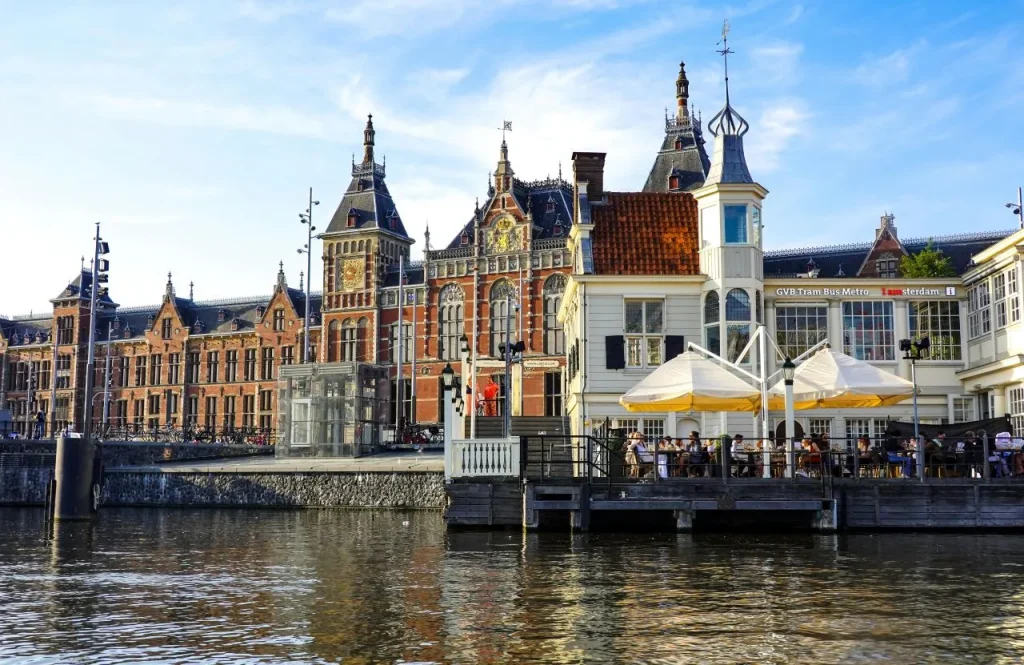
Green Buildings: The Edge, Amsterdam The Edge in Amsterdam, Netherlands, stands as a pinnacle of sustainable building design. Touted as one of the greenest office buildings in the world, it utilizes a combination of energy efficiency, renewable energy sources, and smart technology to drastically reduce its carbon footprint. The building features extensive use of natural lighting, an innovative climate control system, and solar panels covering the roof and southern façade. Moreover, it collects rainwater for use in toilets and irrigation. The Edge’s design not only significantly lowers energy consumption but also creates a healthy and productive work environment, demonstrating the economic viability of green buildings.
Eco-Friendly Products: The Fairphone The Fairphone is a smartphone designed with sustainability at its core. It addresses the environmental and social impacts of electronics manufacturing by using ethically sourced materials, offering a modular design for easy repair and upgrades, and ensuring fair labor practices throughout its supply chain. The Fairphone exemplifies how products can be designed to last longer, reduce waste, and support ethical practices, all while maintaining competitiveness in the market. It challenges the industry norm of planned obsolescence, proving that eco-friendly products can be both viable and desirable.

Sustainable Fashion: Patagonia Patagonia, an outdoor clothing brand, has long been committed to sustainable design. The company uses recycled materials, organic cotton, and practices that reduce water and energy consumption. Through initiatives like its Worn Wear program, which encourages repairing and recycling garments, Patagonia significantly extends the life of its products and reduces environmental impact. Its transparent supply chain and support for environmental causes have set a benchmark for the fashion industry, showing how sustainability can be a core business strategy that enhances brand value and customer loyalty.
Innovative Packaging: Loop by TerraCycle Loop, an initiative by TerraCycle, offers a sustainable solution to the problem of single-use packaging. It partners with brands to provide products in reusable containers that can be returned, cleaned, and refilled. This circular model not only reduces waste but also encourages a shift in consumer behavior towards more sustainable consumption patterns. Loop demonstrates how innovative packaging design can play a crucial role in reducing the environmental impact of everyday products while offering convenience and quality to consumers.
These case studies illustrate the transformative potential of sustainable design across different sectors. By rethinking how buildings are constructed, products are made, and materials are used, these success stories showcase the ability of sustainable design to create solutions that are environmentally responsible, socially just, and economically viable. They serve as inspiration and proof that with creativity and commitment, sustainable design can lead to a better future for our planet and its inhabitants.
Future Trends in Sustainable Design
The horizon of sustainable design is expanding rapidly, driven by breakthroughs in technology and a growing commitment to interdisciplinary collaboration. The future promises a landscape where sustainable design not only addresses current environmental challenges but also anticipates future needs, fostering innovations that are more inclusive, efficient, and impactful. Here’s an exploration of the emerging trends that are set to redefine sustainable design:

Integration of Biotechnology: The fusion of biotechnology with sustainable design is opening new avenues for creating materials and processes that are both innovative and eco-friendly. From biofabricated materials that reduce reliance on harmful synthetics to living buildings covered in photosynthetic skins that can absorb CO2, biotechnology is set to revolutionize how we think about sustainability in design. This approach not only minimizes environmental impact but also enhances the functionality and adaptability of designed solutions.
Artificial Intelligence and Big Data: The application of AI and big data analytics in sustainable design offers unprecedented opportunities for optimizing resource use and minimizing waste. Through predictive analysis and intelligent automation, AI can help design systems that dynamically adjust to reduce energy consumption and material waste. Furthermore, big data can provide deep insights into consumer behavior, enabling designers to create products and services that more effectively meet user needs while promoting sustainability.
Circular Economy Models: A shift towards circular economy principles is becoming increasingly prevalent in sustainable design. This model emphasizes the reuse, repair, refurbishment, and recycling of materials and products to create a closed-loop system, minimizing waste and resource extraction. Designers are innovating in the way products are conceived, aiming for modularity, longevity, and ease of recycling, which are crucial for a circular economy.
Digital Fabrication and 3D Printing: Advances in digital fabrication, particularly 3D printing, are set to play a significant role in sustainable design. These technologies allow for precise material usage, reducing waste and enabling the creation of complex, lightweight structures that use fewer resources. Additionally, 3D printing supports localized production, which can significantly reduce the carbon footprint associated with transportation.
Sustainable Urbanism: As the global population continues to urbanize, sustainable design principles are increasingly being applied to urban planning and development. Future trends include the creation of green infrastructure, such as urban forests and green roofs, to mitigate pollution and enhance biodiversity. Smart city technologies that optimize energy and water use, improve mobility, and enhance quality of life are also on the rise, promising more sustainable urban environments.
Enhanced Interdisciplinary Collaboration: The complexity of sustainability challenges necessitates collaboration across disciplines, bringing together designers, engineers, scientists, and policymakers. This interdisciplinary approach facilitates holistic solutions that address environmental, social, and economic dimensions of sustainability. As collaboration deepens, we can expect more innovative solutions that transcend traditional boundaries.
Education and Public Engagement: The future of sustainable design also lies in education and public engagement. Increasing awareness and understanding of sustainability issues among designers, consumers, and the broader public is crucial for driving demand for sustainable products and practices. Educational initiatives and campaigns can equip individuals with the knowledge and skills to contribute to a more sustainable world.
In conclusion, the future of sustainable design is bright, marked by technological innovation, interdisciplinary collaboration, and a shift towards more systemic, circular approaches. These emerging trends promise not only to enhance the sustainability of our built environment and products but also to inspire new ways of thinking and living that prioritize the health of the planet and the well-being of its inhabitants.
How to Participate in Sustainable Design
Engaging with sustainable design is a journey accessible to all, from individuals to large organizations, each playing a crucial role in shaping a more sustainable future. Participation can take various forms, spanning personal lifestyle choices to professional practices, all contributing to the broader goal of environmental stewardship and social equity. Here’s how different stakeholders can actively engage with sustainable design:

Individuals and Consumers: Every person can make a difference by making conscious choices that support sustainability. This could involve choosing products that are ethically sourced, made from recycled or sustainable materials, and designed with a longer lifecycle in mind. Reducing waste through practices like repairing instead of discarding, reusing materials, and recycling also plays a significant part. Additionally, individuals can advocate for sustainability by supporting businesses and policies that prioritize environmental and social responsibility.
Designers and Architects: Professionals in the design and architecture fields have a unique opportunity to lead by example, incorporating sustainable principles into their projects from the outset. This includes selecting sustainable materials, optimizing resource use, and designing for durability and adaptability. By prioritizing sustainability in their work, designers and architects not only minimize environmental impact but also educate clients and the public about the value and feasibility of sustainable practices.
Businesses and Corporations: Companies of all sizes can drive significant change by integrating sustainability into their core operations and product development strategies. This might involve adopting circular economy models, investing in renewable energy, reducing packaging, and ensuring fair labor practices. Businesses can also influence their supply chains to adopt more sustainable practices, amplifying their impact. By embedding sustainability into their brand identity, businesses not only contribute to environmental protection but also meet the growing consumer demand for responsible products and services.
Educators and Academics: Those in the field of education play a critical role in cultivating an understanding of sustainable design principles among the next generation. Incorporating sustainability into curricula across disciplines—from design and engineering to business and social sciences—prepares students to think critically about sustainability challenges and solutions. Furthermore, research conducted in academic institutions can contribute to advancing sustainable technologies and methodologies, further enriching the field.
Policy Makers and Government Officials: Policy makers have the power to create an enabling environment for sustainable design through legislation, incentives, and regulations. This can include policies that promote energy efficiency, waste reduction, and the use of sustainable materials in public and private sector projects. Government investments in sustainable infrastructure and urban planning can also set a precedent for sustainable development practices.
Community Organizations and Non-Profits: Grassroots organizations and non-profits can mobilize local communities around sustainable design projects, such as community gardens, green spaces, and local recycling programs. These initiatives not only improve local environments but also foster a sense of community and shared responsibility towards sustainability.
In essence, participating in sustainable design is about making deliberate choices that consider the long-term well-being of the planet and its inhabitants. Whether through personal actions, professional practices, or policy advocacy, everyone has a role to play in fostering a culture of sustainability. Through collective effort, it’s possible to create a more sustainable, equitable, and resilient world for current and future generations.
Conclusion

Sustainable design transcends the traditional boundaries of aesthetic and functional considerations to embody a profound commitment to the future of our planet and its inhabitants. It represents a holistic approach that integrates environmental stewardship, social equity, and economic viability, forging a path toward a more sustainable and just world. This design philosophy challenges us to rethink our relationship with the natural world, to innovate responsibly, and to act with foresight, ensuring that our creations nourish rather than deplete the earth’s resources.

At its core, sustainable design is about embracing an attitude of responsibility—not just for the present moment but for the long-term wellbeing of generations to come. It calls on designers, architects, businesses, policymakers, educators, and individuals to consider the wider impact of their decisions and to strive for solutions that contribute positively to the environment and society. Through its principles and practices, sustainable design offers a blueprint for addressing some of the most pressing challenges of our time, from climate change and resource scarcity to social inequality and environmental degradation.
The journey of sustainable design is one of continuous exploration and practice. It involves a constant search for innovative materials, technologies, and methods that can reduce harm and enhance the quality of life. This journey is fueled by creativity, collaboration, and a deep commitment to ethical principles. By embedding sustainability into the fabric of our design processes, we can unlock new possibilities for creating products, spaces, and systems that are not only efficient and beautiful but also nurturing and regenerative.

As we move forward, the principles of sustainable design offer a beacon of hope and a call to action. They remind us that every choice we make as creators and consumers has the potential to shape a greener, healthier, and fairer world. Through the collective efforts of all stakeholders, sustainable design can continue to drive positive change, fostering a culture of responsibility and innovation that benefits both the planet and its people.

In conclusion, sustainable design is more than a method—it is a mindset that encapsulates our duty to the planet and to future generations. By adopting this mindset, we embark on a transformative journey toward sustainability, one that requires us to be visionary, courageous, and compassionate. Through sustainable design, we have the power to create a legacy of stewardship, ensuring that our shared home thrives for centuries to come.




